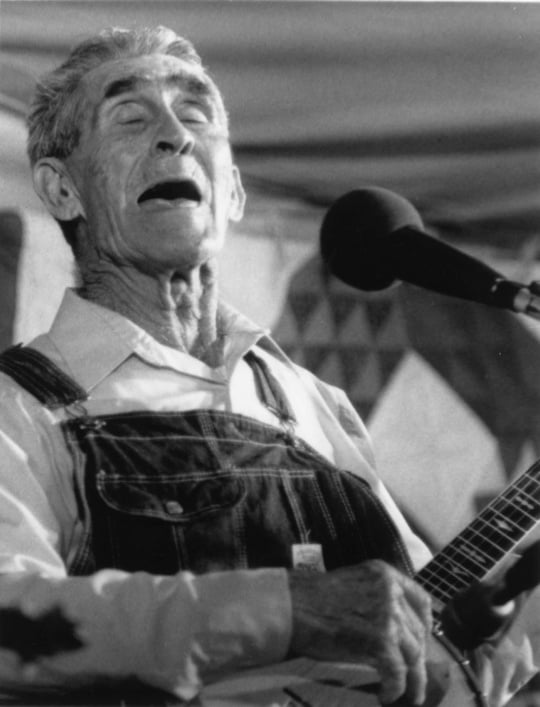
If curation and practice were two sides of the same piece of paper (with apologies to Saussure), then Chintia Kirana’s simultaneous exhibitions at the Wiregrass Museum of Art would reveal an artist focused on constructing community and dissecting identify. Indonesian-born and Montgomery, Alabama-based, Kirana received a 2019-20 Visual Arts Fellowship from the Alabama State Council on the Arts. Now, she’s curated Path of Entry at the same time that she invites viewers to delve more deeply into her personal practice through her solo exhibition, Between Heaven and Earth. While what follows focuses primarily on Kirana’s solo exhibition, the ability to bring together artists to interrogate timely and complex issues should be lauded. The exhibition, which Kirana describes as interweaving “the environment,” “reflection and remembering,” “the poetics of nature,” and “connectivity,” is an opportunity to experience shared dialogues and understandings of complex issues that we as a society must address.
Kirana’s solo exhibition, Between Heaven and Earth, may seem more obscure, yet it is equally nuanced. Described as the materialization of synthetic opposites—East/West, or Christian/Buddhist and embodying collection, ritual, and consumption, to quote the museum— each work resonates as much through these oppositions as they do through their physical presence. Entering the gallery, visitors see the projection of a fire, a series of hanging scrolls, a suite of minimal color-field paintings, and more. The works walk a fine line between being grounded within their dialectics and aiming for a more ironic dialogue. Cases in point: Firereads much like a Buddhist exploration of the elements, its flickering light not broken by sound.
When she pivots to series, Kirana’s works become more immersive. Silver Lining: Arches Series No. 1 – No. 12 is a harmony in the symphony of variation. A single shape anchors each work, while unique blocks of color, striation, and shading reveal or obscure this foundation from work to work. Kirana seems to situate the acrylic on canvas Red Lining Chalk within a more traditional history of color-field painting, the feeling of hand-drawn horizontality giving way to the void.
Forest of Unspoken Words situates the familiar experience of scroll paintings against an indecipherable visual language, a series of hash-marks, hand-drawn, that create a schism between the expectation of narrative and the poetics of what one could term Kirana’s visual obscurantism. This split between history, expectation, and experience is one of the true charms of Kirana’s work. Her ability to reinterpret cultural expression and to interweave contemporary practice means that she constantly blurs both distinctions and predeterminations of what viewers and audiences can experience.
And while Charred (2020) can’t escape a conceptual connection with Marcel Duchamp’s In Advance of a Broken Arm, Kirana’s charred, carbonized shaft and gold blade take subtle jabs at European art history and its valorizations of “the readymade,” “whiteness,” and “patriarchy” — its grip slipping, but its value holding on. It is almost as if this pseudo-valorization of the object could be reinterpreted as either the “ready-played” or the “ready-staid,” although this type of humor isn’t readily apparent generally in other Kirana works.
Still, there is no requirement for artists to produce a defined and delineated philosophical or conceptual approach to the construction of diverse works. Instead, museumgoers exist at a difficult time—responsible for the vast array of knowledge that might allow them to interpret the complexities of a work, yet always already outside the opportunity to situate the work within the artist’s particular intentions. This dichotomy and disparity mean that artists have opportunities to construct narratives that both anchor and propel. Though intimate, Chintia Kirana’s Between Heaven and Earth is an excellent model. It is quiet enough to be read formally, complex enough to be read contextually, accessible enough to be read fully. As a curator, Kirana invites us to consider a single issue deeply; as a creator, she invites us to consider our perceptions through an opaque yet accessible lens.
Path of Entry and Between Heaven and Earth are on view at Wiregrass Museum of Art, Dothan thru June 26.




